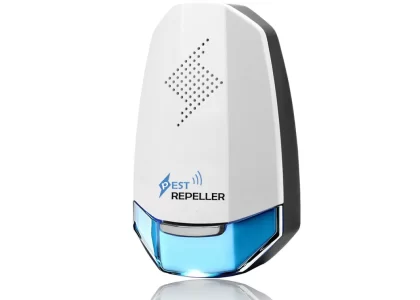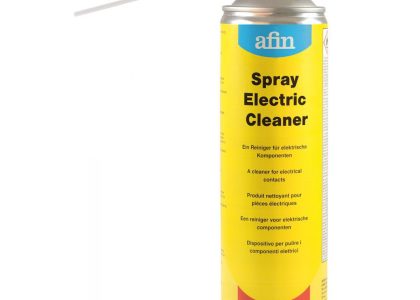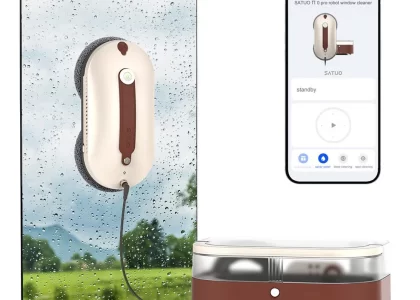 Introduction:
Introduction:
How to fix washing machine spinner?
A malfunctioning washing machine spinner can disrupt your laundry routine and leave your clothes improperly cleaned. Knowing how to fix the spinner is essential for restoring your washing machine’s functionality. In this comprehensive guide, we will walk you through the step-by-step process of fixing a washing machine spinner. By following these simple instructions, you can identify the problem and rectify it, ensuring effective and efficient laundry results.
 Introduction to Fixing a Washing Machine Spinner
Introduction to Fixing a Washing Machine Spinner
A washing machine spinner plays a crucial role in the washing process by agitating and rotating clothes. Fixing it is necessary to maintain optimal washing machine performance.
A. Importance of a Functioning Spinner: A properly functioning spinner ensures thorough cleaning and efficient water extraction during the wash cycle.
B. Common Issues: Problems with the spinner can be caused by mechanical faults, drive belt issues, or motor failures.
 Some common types of washing machines:
Some common types of washing machines:
There are several types of washing machines available, each with its own features and functionality. Here are some common types of washing machines:
Top-Load Washing Machine:
Top-load washing machines are the traditional and most common type. They have a lid on the top where clothes are loaded and typically feature an agitator in the center that helps to move and clean the clothes. These machines are generally more affordable and have a shorter washing cycle.
Front-Load Washing Machine:
Front-load washing machines have a door on the front through which clothes are loaded. They typically use a tumbling action, along with gravity and gentle water movement, to clean the clothes. Front-load machines are known for their energy efficiency and water-saving capabilities. They usually have larger capacities and offer more advanced features such as steam cleaning and a wider variety of wash cycles.
High-Efficiency (HE) Washing Machine:
HE washing machines are designed to use less water and energy. They are available in both top-load and front-load configurations, and are known for their efficient cleaning while using minimal resources. HE machines often have a special detergent requirement, as regular detergent may produce excessive suds.
Compact Washing Machine:
Compact washing machines are smaller in size, making them suitable for apartments, dorms, or small laundry rooms. They are available in both top-load and front-load variants and offer similar functionalities to standard-sized machines.
Portable Washing Machine:
Portable washing machines are compact and lightweight units that can be easily moved and stored. They typically have a smaller capacity and are ideal for outdoor use, camping trips, or situations where access to a traditional washing machine is limited.
Washer-Dryer Combo:
Washer-dryer combo machines combine the functionalities of a washing machine and a dryer into a single unit. These machines are convenient for smaller spaces where separate washer and dryer units are not feasible. However, they may have smaller capacities and longer drying times compared to stand-alone dryers.
When selecting a washing machine, consider factors such as the available space, capacity, energy efficiency, features, and budget. Each type of washing machine offers different advantages and it’s important to choose the one that best suits your needs and preferences.
 Power and Electrical Checks
Power and Electrical Checks
Before conducting any physical inspection, ensure that the washing machine is receiving power and that the electrical components are functioning correctly.
A. Power Supply: Ensure the washing machine is plugged into a functioning power outlet and verify that the circuit breakers are not tripped.
B. Control Panel Lights: Check that the control panel lights are illuminated, indicating that the machine is receiving power.
Lid or Door Interlock Examination
The washing machine spinner may fail to function if the lid or door interlock mechanism is faulty or not engaging properly.
A. Lid or Door Inspection: Ensure the lid or door is fully closed and latched securely, allowing the interlock mechanism to engage.
B. Interlock Mechanism Repair: If the interlock mechanism is defective, it may need to be repaired or replaced to enable proper spinner operation.
Drive Belt Assessment
The drive belt transfers power from the motor to the spinner. A worn or broken drive belt can lead to spinner failure.
A. Visual Inspection: Examine the drive belt for signs of wear, such as fraying, cracking, or misalignment.
B. Tension Adjustment: If the drive belt appears loose, adjust the tension or replace it if it is worn or damaged.
Motor and Drive Motor Issues
Mechanical faults or motor failures can cause the spinner to malfunction.
A. Motor Inspection: Check if the motor is receiving power and listen for any unusual sounds or vibrations when the machine is in operation.
B. Faulty Drive Motor: If the motor does not rotate the spinner or makes unusual noises, consult a professional for motor repair or replacement.
Control Board and PCB Problems
Electrical malfunctions in the control board or PCB (Printed Circuit Board) can affect the spinner’s functionality.
A. Control Board Examination: Visually inspect the control board for damage, burnt connections, or blown fuses.
B. Professional Assistance: If issues with the control board or PCB are suspected, seek professional help for diagnosis and repair.
Mechanical Blockage Removal
Obstructions within the washing machine can hinder the spinner’s rotation.
A. Residue and Debris Clearance: Remove built-up residue, detergent, or lint from the spinner and surrounding components to restore smooth rotation.
B. Object Removal: Check for small items, such as coins or buttons, that may have become trapped in the spinner, impeding its operation.
Regular Maintenance and Care
Performing regular maintenance and taking proper care of your washing machine can prevent spinner issues in the future.
A. Follow Manufacturer’s Instructions: Adhere to the manufacturer’s guidelines for maintenance and cleaning to ensure optimal machine performance.
B. Periodic Inspections: Regularly inspect the spinner, drive belt, and other components for signs of wear or damage, addressing any issues promptly.
 Conclusion
Conclusion
How to fix washing machine spinner?
Fixing a washing machine spinner is crucial for restoring efficient washing machine operation and ensuring clean laundry results. By conducting power and electrical checks, examining the lid or door interlock, assessing the drive belt and motor, addressing control board or PCB problems, removing mechanical blockages, and performing regular maintenance, you can identify and rectify spinner issues. Regular care and maintenance help prevent future problems and prolong the lifespan of your washing machine. If troubleshooting steps do not resolve the issue, it is advisable to consult a professional technician for further diagnosis and repair. By following these steps, you can successfully fix a washing machine spinner, ensuring effective and hassle-free laundry experiences.





